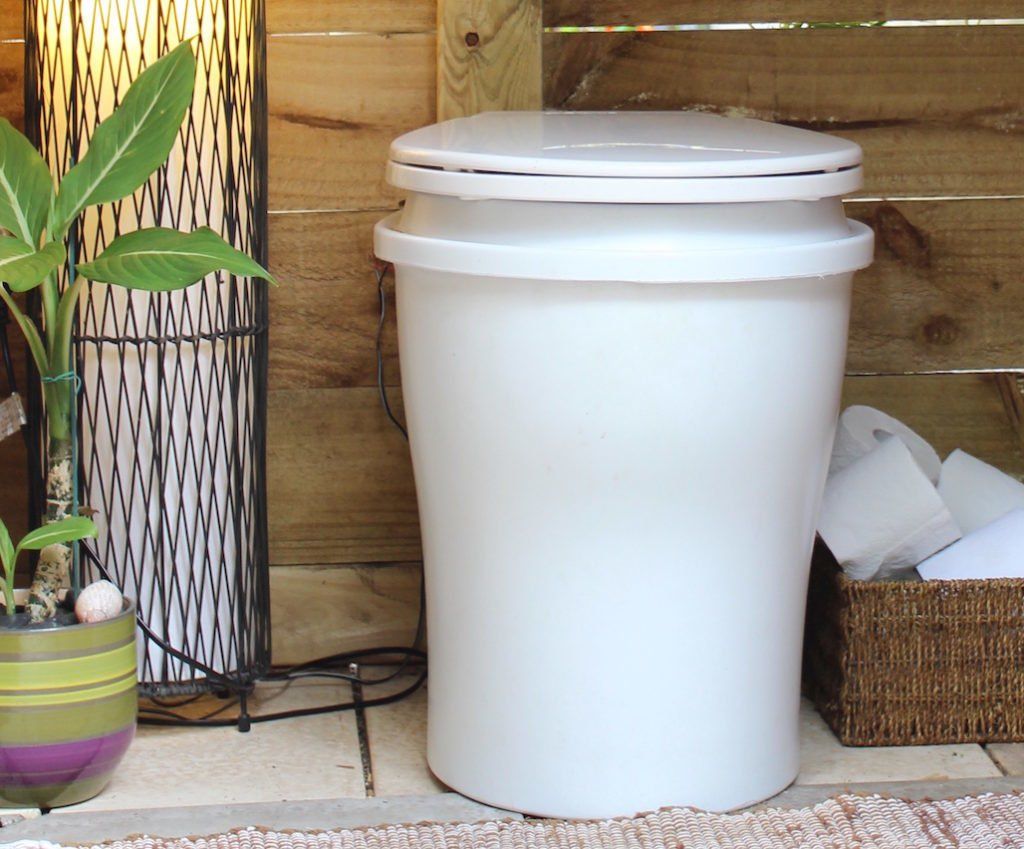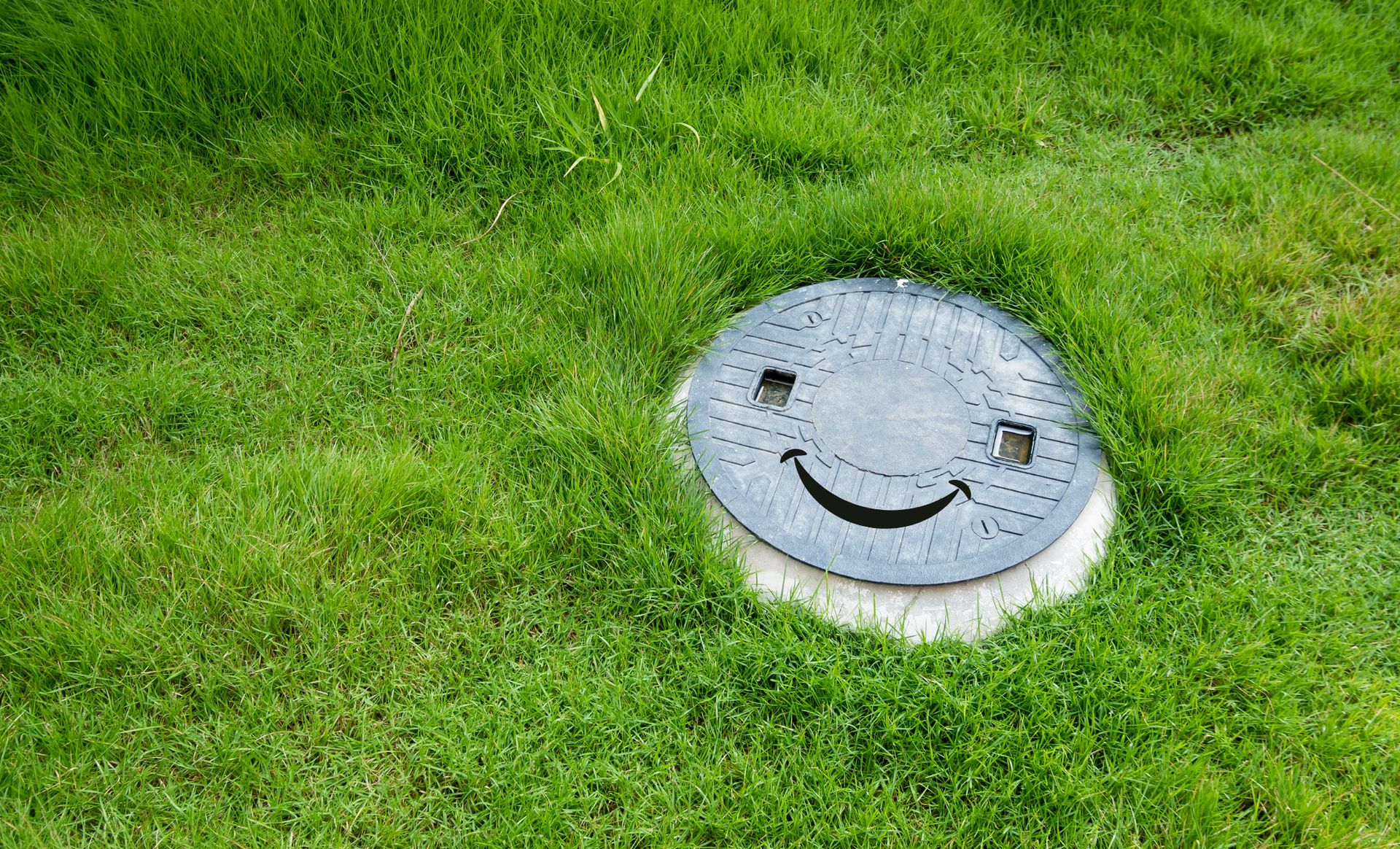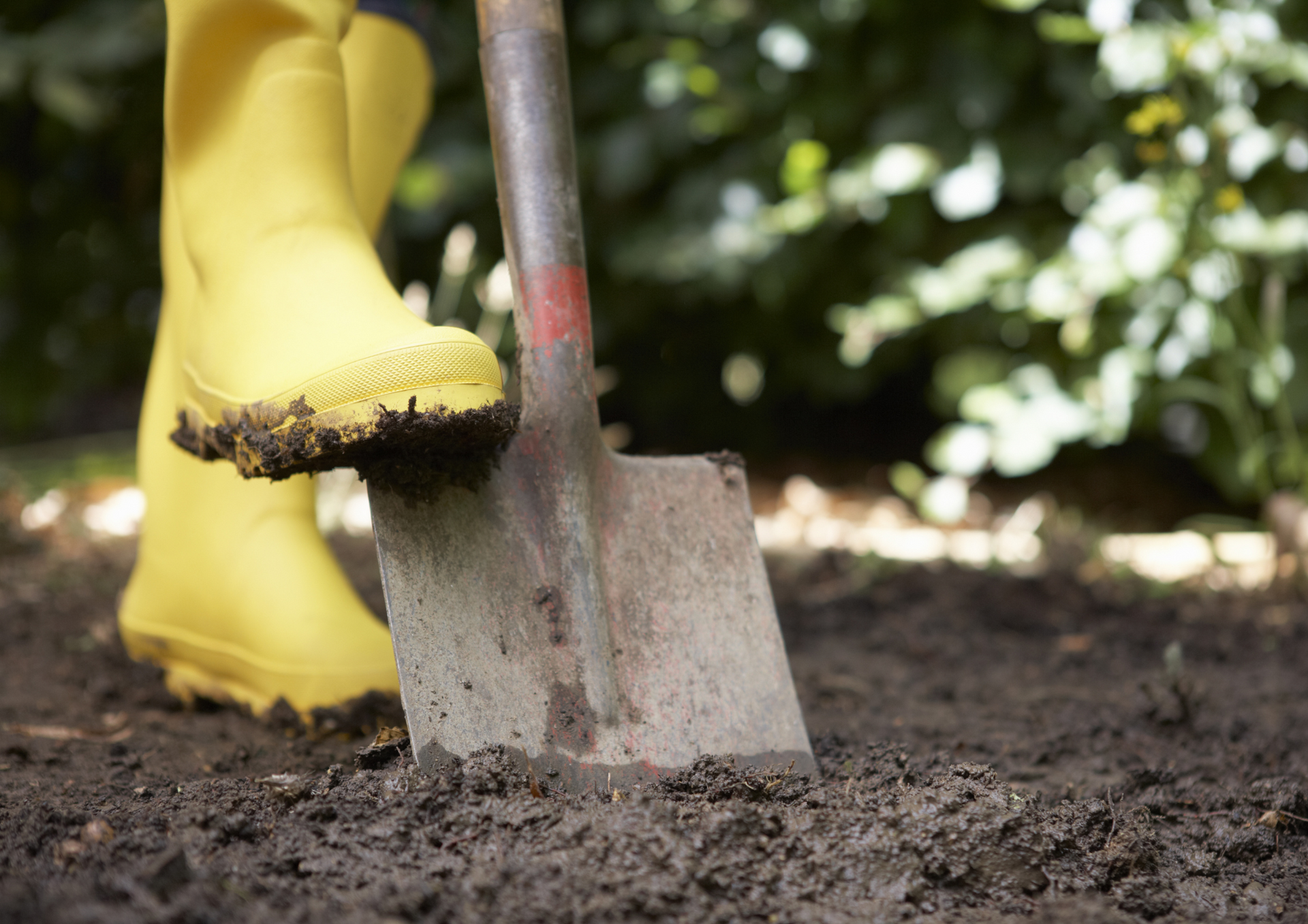What are the benefits of composting toilets?
Mr Bokashi • August 1, 2020
Two of the most common questions I have been asked over the last 20 years or so are ‘what is a composting toilet?’ and ‘how do they work?’ so it was no surprise to hear these questions asked frequently at the recent Go Green Expo.
They might sound like simple questions but before you decide to purchase a composting toilet it is vital to know the answers because this will help you determine which model is right for you.
What is a composting toilet?
A composting toilet provides an alternative solution to a flush toilet and septic tank system. They are ideal when there’s no mains sewer connection or to reduce demand on the mains sewer. Examples include tiny homes, farms, community recreation areas and off the grid homes or new home builds.
Waste is broken down using controlled ventilation within a container or chamber. Sterile urine is separated from solids into a small gravel absorption trench (this can be collected, diluted, and used as fertiliser.) Solid waste is broken down into safe, odourless compost via simple organic decomposition.
Composting toilets provide a sustainable waste solution as they don’t require water; an important consideration given that around 10 litres of water is used every time a toilet is flushed. Using a composting toilet will save up to 35 000 litres of water per year for an average family.
How do they work?
Airflow is provided 24/7 via a fan system which allows air to enter from the toilet pedestal and this flows through a compost pile (this is contained or collects within a chamber] below the seat or pedestal and exits via a standard type of venting pipe. This continual airflow also helps to remove moisture from the waste pile.
To help with the composting process, a bulking agent is added to the chamber after each solid deposit. The bulking agent is a natural organic material such as untreated wood shavings. It helps to increase airflow through the waste pile while absorbing excess moisture. Maintaining good airflow and reducing moisture help create ideal conditions for composting waste.
Excess moisture is removed via a drain system from the chamber and is disposed of via a leachate field. Some models of toilets have urine diverters which allows for urine to be separated and diluted for use as a fertiliser or in some cases to be plumbed into a separate greywater system. You can learn more about the different models of toilets stocked by Zing Bokashi here.
Most composting toilets use some form of storage for human waste and under the New Zealand Standard for Composting Toilets
this waste must be composted for a certain period of time which in New Zealand is around 4-5 months at an average temperature of 12 degrees Celsius. After this time the composted waste will have significantly reduced in size and will resemble a compost-like material.
For more information on how composting toilets work click here. If you’d like to know further details on the installation and maintenance of composting toilets, we have created a new section
on our website which has all the details.
Important considerations
- Composting toilets do require more attention and care than a conventional toilet.
- A building consent is required to install a composting toilet.
- Compost from a compost toilet must not be used around plants which are going to be consumed. It’s best to bury all waste in the soil at a depth of at least 30cm and then cover it over.
- There are legal requirements related to compost disposal such as distance requirements from existing waterways, wells and boundaries.
- We’re always happy to help guide you through the process of choosing the right composting toilet to fit your lifestyle and site requirements. Please get in touch if you require further information.
Happy gardening,
Mr Bokashi
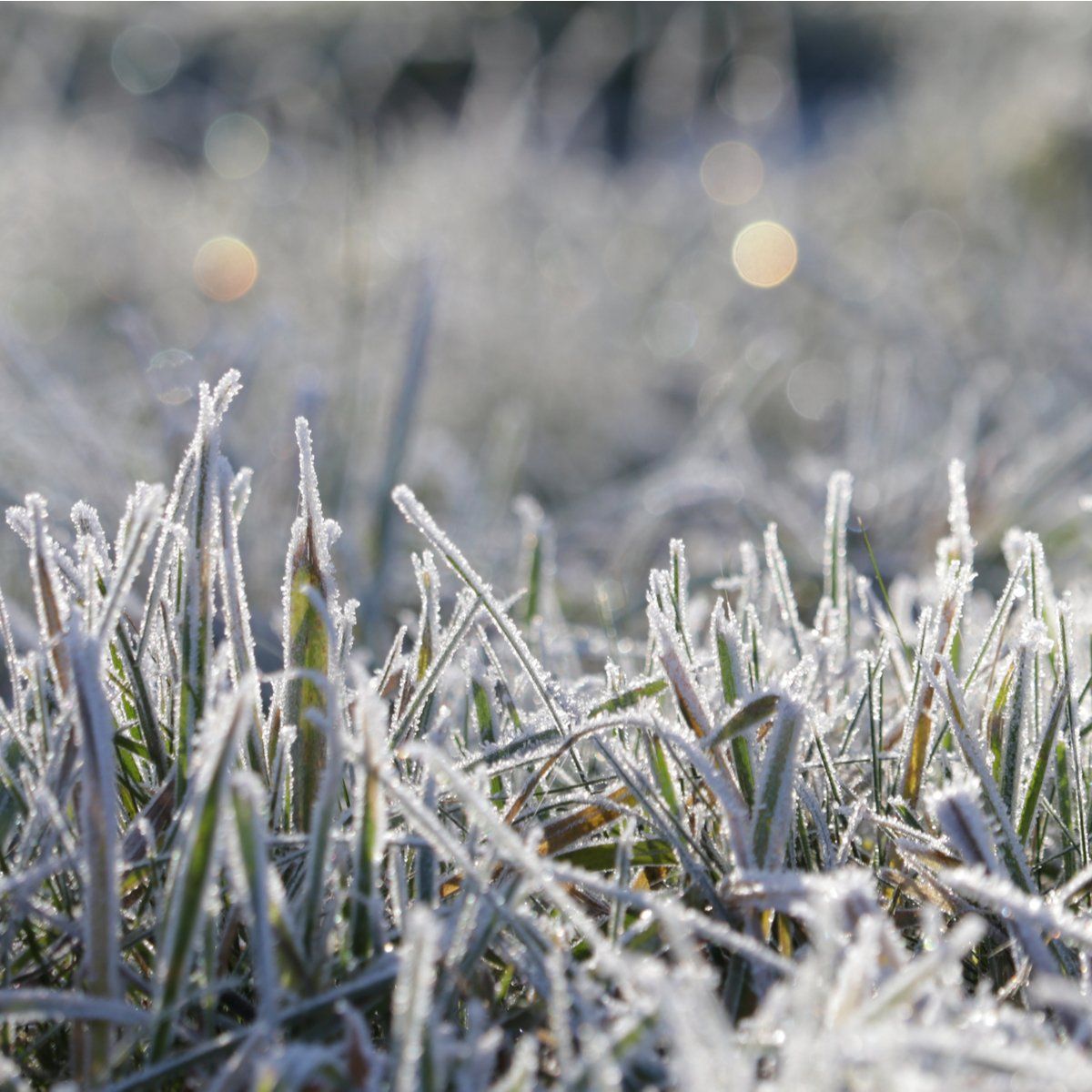
Winter is an important time in the gardening calendar, as what you do during this time can dictate how your garden performs in the next growing season. One of the more important principals of regenerative gardening is to ‘keep the ground covered ‘ while the second principal is to 'keep roots in the ground.’ We are probably too late to get roots in the ground at this time, however, let's briefly cover this point. 'Keep roots in the ground' The most effective way to achieve this is by green or cover cropping. This is simply a matter of growing a green manure crop in any bare soil. These should have been sown out in April or May at the latest. The most common green crop is either lupins or mustard. I prefer to use rye corn because it produces dense and bulky roots, in addition to a good amount of green leaf. The many advantages of green manuring are: The ground is covered and protected against wind, rain, and sun. Weed growth is inhibited or limited. The green manure's plant roots loosen and aerate the soil. The plant roots foster both humus growth and the soil crumb structure Plant roots provide an important food source for soil bacteria and other soil-living organisms. Any green manure crops should be cut down before flowering and while the stalks are still soft. Often, we forget about our garden until after we have removed our final summer and autumn harvest. Consequently, we have overlooked the need to ‘keep roots in the ground’ and thus have to revert to the second best method.
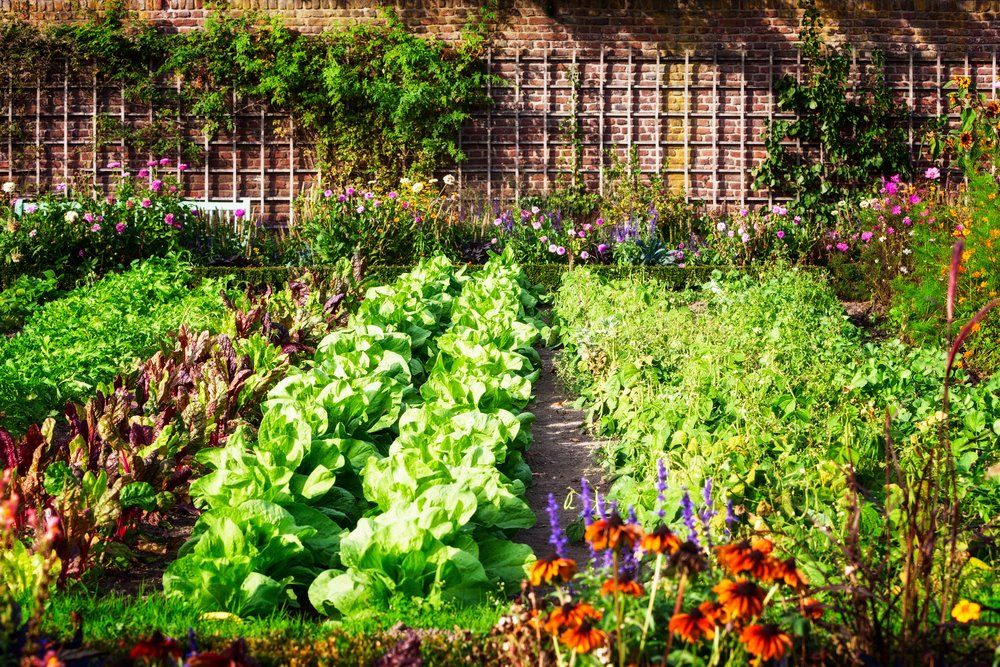
We are moving into summer, and I trust your garden is thriving. However, summer also means increasing temperatures and less rainfall which can lead to issues in the garden. The main issue is soil moisture loss which must be replaced by irrigation or watering. Water your garden either early in the morning or in the evening when temperatures are not so harsh. Watering in the heat of the day can cause leaf damage plus loss of water from evaporation. To reduce evaporation, you can also mulch around plants using good quality compost or pea straw. It’s best to ‘deep water’ once or twice a week rather than a little every day. Deep watering encourages plant roots to grow more deeply so they are better able to survive the ravages of summer heat. Increasing temperatures and regular watering creates a nice environment within the plant foliage, which provides ideal conditions for plant disease and insect infestations.
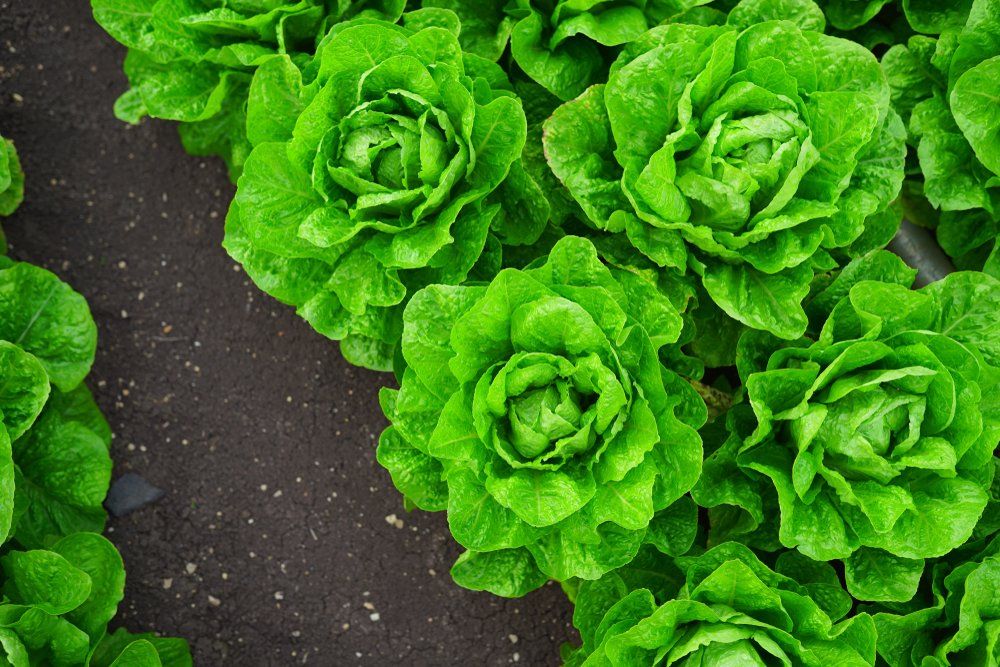
I am sure that every gardener has experienced the unpleasant taste of bitter lettuce leaves during their gardening journey. Lettuce is one of the easiest plants to grow, however it also tends to change from sweet and juicy to bitter quickly. So, how can we prevent this and grow fresh tasty lettuce for our summer salads? Interestingly, lettuces are cool climate plants although we tend to grow them during the warmer months of the years. Heat is the first culprit when it comes to bitterness as temperature change causes the lettuce to want to start to seed which is characterised by a plant with hard inner leaves. To avoid heat stress plant your lettuces in a semi-shaded spot in your garden. If you live in a hotter area of New Zealand, you may wish to consider planting your lettuces in the cooler months of the year such as spring or autumn and avoid mid-summer.
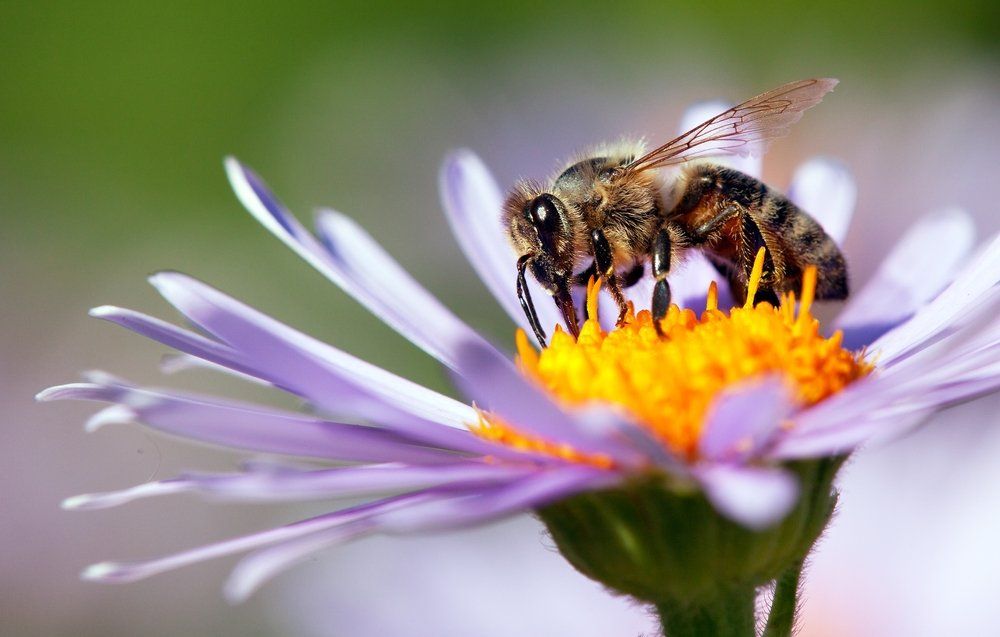
Last month was Bee Aware Month 2021 so I thought it was the perfect opportunity to discuss how we can supply bees with an ongoing supply of pollen and nectar throughout the year by planting bee-friendly trees and plants in our gardens. Bees are incredible insects; however, they are under threat all over the world. Bees and other insects play a vital role by helping to pollinate our food. When bees forage for nectar and pollen they pollinate each flower that they visit which increases crop yield. Without bees many food crops that need pollination by insects could not be grown on a scale large enough to feed us. How then can you help these important insects to thrive? Simply plant something to create a bee friendly paradise in your garden. The easiest thing to grow are herbs. They do well in small pots with a bit of sun. Try something you can use in cooking such as basil, borage, rosemary, or thyme or any other herb of your choice. Just remember to let some flower as you want to attract bees to your herb garden. Anything that flowers will be perfect for all sorts of pollination. Try to have a couple of the plants flowering in your garden all year – rosemary is particularly good as it flowers for longer periods of the year when other herbs remain dormant. Add a little Earth Zing to the soil before planting your herbs to give them the best start.
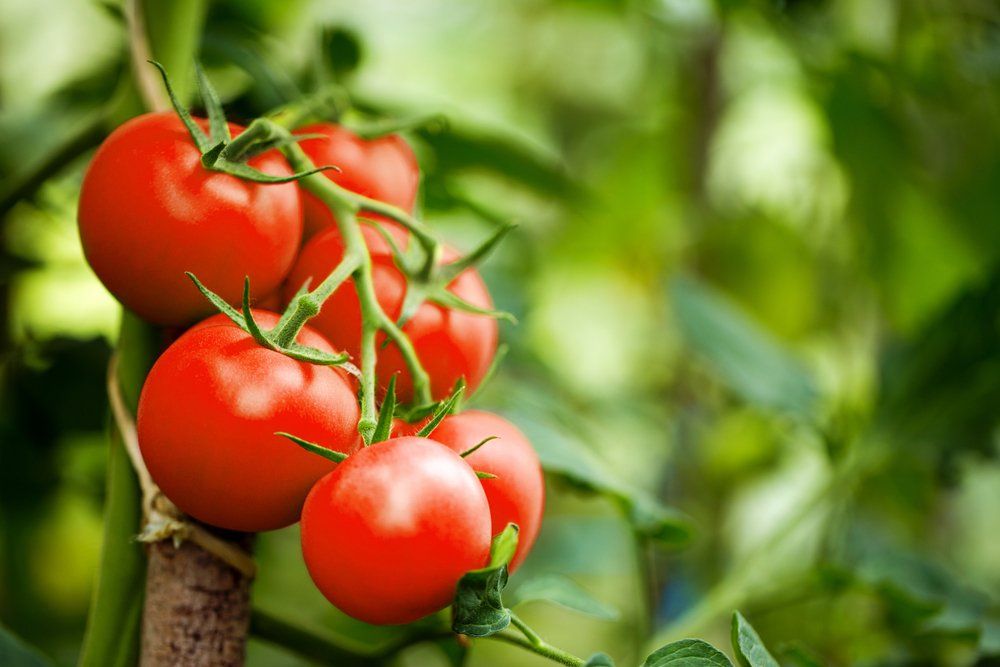
Tomatoes are one of the most popular vegetables to grow and nothing beats eating fresh juicy tomatoes straight from your own garden. Growing tomatoes takes a bit of effort but the rewards of biting into a delicious home-grown tomato that’s full of flavour and vitamins are well worth it. First steps To create the best quality tomatoes, you need good, healthy, fertile soil as the nutrients from the soil will fuel the growth of your tomato crop. Add good quality compost to your growing area to ensure your tomatoes have the best start to life. The compost created from your Zing Bokashi composting kit provides plenty of nutrients. As a guide, use one bucket for every two tomato plants. Four to six plants will yield a good harvest for you and your family. I prepared a spot for my tomatoes a little while ago and have already planted my first plants. Now is a great time to get planting, whether you are planting outdoors or in a glasshouse. If you haven't a glasshouse, then site selection becomes important. Tomatoes love a warm and sunny spot and well sheltered from prevailing winds.
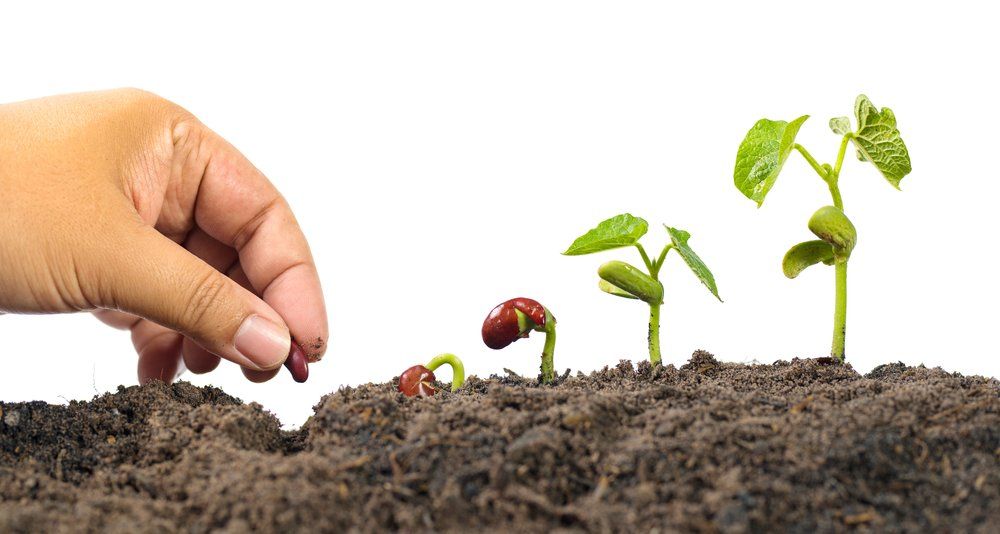
The days are growing longer and we’re experiencing warmer afternoons which means that spring is just around the corner. The arrival of spring means a new and fresh start to a new growing season for all avid and budding gardeners. In this blog, we’ll look at a few simple jobs we can do to give us a flying start on our spring gardens and how to get started on planting your potatoes, so you have lovely new potatoes ready to harvest for Christmas Day. Prepare your soil By now you should have turned in any green manure crops back into the soil. However, if you haven’t done this you can do it over the next few weeks. Due to the recent wet weather, I have delayed this chore because of overly wet soil. If your soil is still very wet, holding off won’t cause any issues as generally your soil will also be cold. The soil needs to be warm and free draining to break down the organic matter in the green cover or manure crop. It’s also time to boost the nutrients in your soil. I recommend sprinkling some agricultural lime and or Earth Zing over your soil. Add these products just prior to digging over the soil. Even if you had bare soil over winter, it’s still fine to add these products. Don’t add any other fertilizers or plant foods at the same time and take care not to spread any lime where you will plant your potatoes as this can lead to a skin defect called scab.

I need to wind the clock back to over 20 years ago when I developed our first Bokashi product (Compost Zing) to share the story of what makes our Bokashi so good. Starting in 1999, I spent over two years developing New Zealand’s first Bokashi product and was lucky enough to receive technical assistance from the late Dr Ravi Sangakkarra; a professor of agronomy in Switzerland and Sri Lanka. After Compost Zing went to market, Dr Sangakarra described Zing Bokashi’s Bokashi as the best Bokashi in the world. The word “Bokashi” doesn’t reveal much on its own as it’s a generic word meaning “fermented organic matter” and the ingredients contained in Bokashi products can range from low quality material through to the high-quality ingredients contained in our Zing Bokashi product. In my opinion, what makes Bokashi stand out is the use of locally produced high quality ingredients which are scientifically tested and proven to work. A good quality product needs to be technically sound and remain robust over time. That is why we spent plenty of time testing different materials and combinations when we were in the development phase of Compost Zing. Developing a product to meet these criteria took some time and it was a process of trial and error to develop our Bokashi product with many failures occurring along the way, however, those combinations which showed promise were lab and field tested until I was confident that we had a high-quality market-ready product.

